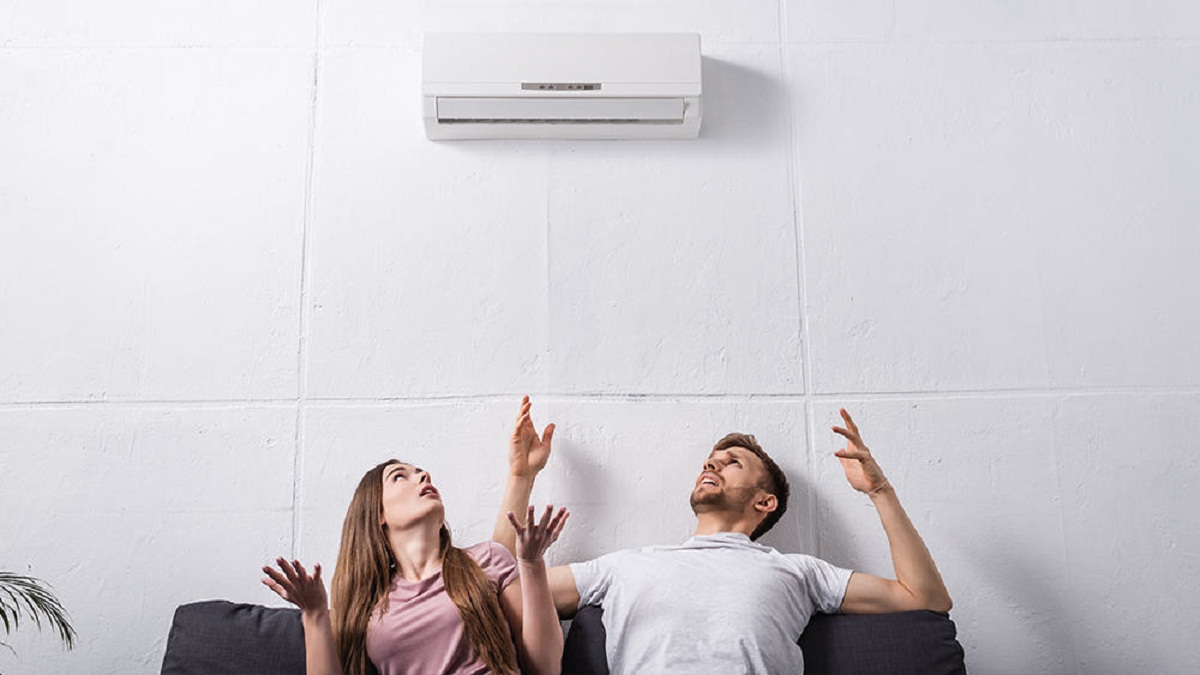

Articles
Why My AC Is Not Blowing Cold Air
Modified: January 8, 2024
Read informative articles on why your AC is not blowing cold air and find out how to troubleshoot and fix the issue.
(Many of the links in this article redirect to a specific reviewed product. Your purchase of these products through affiliate links helps to generate commission for Storables.com, at no extra cost. Learn more)
Introduction
Having an air conditioning system at home is a blessing, especially during hot summer months. But what happens when your AC suddenly stops blowing cold air? It can be incredibly frustrating and uncomfortable. Understanding the possible causes of why your AC is not blowing cold air can help you troubleshoot the issue and get it fixed promptly.
There are several reasons why your AC may not be blowing cold air. It could be a simple fix like a dirty air filter, or it may require professional assistance to repair a faulty compressor. In this article, we will explore some of the common causes of an AC not blowing cold air and provide you with tips on how to troubleshoot and fix the issue.
Key Takeaways:
- Regularly checking and replacing the air filter is crucial for optimal AC performance. Clean filters ensure unrestricted airflow, improving cooling efficiency and maintaining good indoor air quality.
- Low refrigerant levels, faulty compressors, and blocked condenser units can hinder AC cooling. Professional HVAC assistance is essential for diagnosing and repairing complex issues, ensuring a cool and comfortable home.
Read more: Why Is My Car AC Not Blowing Cold Air
Possible Causes of AC Not Blowing Cold Air
When your AC is not blowing cold air, there could be various factors at play. Here are some of the most common causes:
- Dirty Air Filter: A dirty air filter can restrict airflow and reduce the efficiency of your AC system. When the air filter is clogged with dust and debris, it hinders proper airflow, making it difficult for the cold air to circulate.
- Low Refrigerant Levels: Refrigerant is the substance responsible for cooling the air in your AC system. If there is a leak or if your AC is low on refrigerant, it can result in reduced cooling capacity and blow warm air instead of cold.
- Faulty Compressor: The compressor is a crucial component of your AC system that compresses the refrigerant, enabling it to absorb heat. If the compressor is malfunctioning or not functioning at all, it can prevent the AC from producing cold air.
- Blocked Condenser Unit: The condenser unit, located outside your home, helps release the heat absorbed by the refrigerant. If the condenser unit is blocked by debris or leaves, it can hinder the heat dissipation process and affect the cooling performance of your AC.
- Broken or Damaged Air Ducts: The air ducts are responsible for distributing the cooled air throughout your home. If there are any leaks, gaps, or obstructions in the air ducts, it can result in loss of cold air and inefficient cooling.
These are just a few of the possible reasons why your AC may not be blowing cold air. It’s important to identify the specific issue to determine the most appropriate solution and avoid further damage to your AC system.
Dirty Air Filter
A dirty air filter is one of the most common causes of an AC not blowing cold air. The air filter is responsible for capturing dust, debris, and other particles in the air before it enters your AC system. Over time, the filter can become clogged, restricting airflow and reducing the cooling efficiency of your AC.
When the air filter is dirty, it obstructs the flow of air, making it difficult for the cold air to circulate throughout your home. As a result, you may notice that your AC is only blowing lukewarm or even hot air.
The good news is that this issue is relatively easy to fix. Begin by locating the air filter, which is typically located behind a vent or in the return air grille. Carefully remove the filter, taking note of its size and type. Inspect the filter for dirt, dust, and debris buildup. If it appears dirty, it’s time to clean or replace it.
To clean a reusable air filter, gently wash it with mild soap and water. Be sure to let it dry completely before reinserting it into the AC unit. If the filter is disposable, replace it with a new one of the same size and type.
Regularly checking and replacing the air filter is essential for the proper functioning of your AC system. Aim to clean or replace the air filter every 1 to 3 months, depending on factors such as the level of dust and the usage of your AC system.
By keeping the air filter clean, you can ensure unrestricted airflow, improve the overall performance of your AC, and enjoy the cool and refreshing air that it provides.
Low Refrigerant Levels
If your AC is not blowing cold air, another possible culprit could be low refrigerant levels. Refrigerant is the substance responsible for absorbing heat from the air inside your home, cooling it down, and then releasing it outside. It is a vital component of your AC system, and if the refrigerant levels are low, it can hinder the cooling process.
Low refrigerant levels can occur due to a leak in the system or improper installation. Over time, the refrigerant may gradually escape, leading to insufficient cooling capacity. When the refrigerant level is low, your AC may struggle to cool the air effectively, resulting in warm or mildly cool airflow.
Checking and maintaining the appropriate refrigerant levels is a task best handled by a professional HVAC technician. They have the tools and expertise to assess the refrigerant levels and identify any leaks or issues with the system.
If you suspect that low refrigerant levels are the cause of your AC not blowing cold air, contact a professional HVAC technician to inspect and recharge the system. They will be able to identify any leaks, repair them, and recharge the refrigerant to the appropriate levels.
It’s important to address low refrigerant levels promptly, as it can cause further damage to your AC system and result in higher energy bills. By ensuring that your AC has the right amount of refrigerant, you can restore its cooling efficiency and enjoy the cool air you desire.
Faulty Compressor
A faulty compressor is another potential cause of an AC not blowing cold air. The compressor plays a crucial role in the cooling process by pressurizing the refrigerant, allowing it to absorb heat from the indoor air. If the compressor is not functioning properly, it can affect the entire cooling system.
There are several reasons why a compressor may become faulty. It could be due to electrical issues, mechanical failures, or even wear and tear over time. Signs of a faulty compressor include strange noises, such as grinding or buzzing sounds, or if the AC unit fails to cool the air despite running continuously.
Fixing a faulty compressor typically requires the expertise of a professional HVAC technician. They have the necessary skills and knowledge to diagnose compressor issues and perform the required repairs or replacements. In some cases, a faulty compressor may need to be replaced entirely, which can be a more involved and costly process.
If you suspect that a faulty compressor is the reason for your AC not blowing cold air, it is best to contact a professional technician as soon as possible. They will assess the condition of the compressor, determine the cause of the malfunction, and recommend the most appropriate course of action.
Remember, trying to fix a faulty compressor yourself can be dangerous and may lead to further damage. It is always safer and more effective to rely on the expertise of a qualified professional to ensure a proper repair and restore your AC’s cooling capabilities.
Read more: Why Is My Window AC Not Blowing Cold Air
Blocked Condenser Unit
A blocked condenser unit can be a common reason why your AC is not blowing cold air. The condenser unit is located outside your home and plays a crucial role in releasing the heat absorbed by the refrigerant. If it becomes blocked or obstructed, it can hinder the heat dissipation process and affect the cooling performance of your AC.
There are a few reasons why the condenser unit may become blocked. Debris, such as leaves, dirt, and dust, can accumulate on the unit’s fins or around the exterior, limiting airflow. Additionally, nearby vegetation or objects placed too close to the unit can obstruct the airflow as well.
To check if the condenser unit is blocked, first, ensure that the power to the AC system is turned off. Then, visually inspect the unit for any visible signs of obstructions. Remove any debris or leaves from the fins using a soft brush or hose with low-pressure water. Be careful not to bend or damage the fins in the process.
It is also important to trim any vegetation or remove objects that may be blocking the airflow around the condenser unit. Provide sufficient clearance around the unit to allow proper airflow and heat dissipation.
If the condenser unit is severely blocked or if you are unsure about how to clean it properly, it is recommended to seek professional assistance. HVAC technicians have the expertise and specialized tools to clean the condenser unit thoroughly and ensure optimal cooling performance.
Regular maintenance and cleaning of the condenser unit can help prevent blockages and prolong the lifespan of your AC system. Aim to inspect and clean the unit at least once a year, preferably before the start of the cooling season, to ensure smooth and efficient operation.
Damaged Air Ducts
If your AC is not blowing cold air, one possible cause could be damaged air ducts. The air ducts are responsible for distributing the cooled air throughout your home. If there are any leaks, gaps, or obstructions in the air ducts, it can result in loss of cold air and inefficient cooling.
Damaged air ducts can occur due to various reasons, such as poor installation, corrosion, pests, or accidental damage. When the air ducts are compromised, the cooled air intended for your living spaces can escape through the leaks or be obstructed along the way.
One way to determine if your air ducts are damaged is to conduct a visual inspection. Look for noticeable signs of leaks, such as visible gaps or disconnected sections of ductwork. You may also feel air drafts near the ducts or notice a significant drop in cooling performance.
If you suspect that your air ducts are damaged, it is best to contact a professional HVAC technician for a thorough inspection. They have the expertise and tools to assess the condition of your air ducts and identify any leaks or issues.
Repairing damaged air ducts depends on the extent of the damage. In some cases, simple fixes such as sealing gaps or reconnecting sections of ductwork may be sufficient. However, if the damage is more extensive, portions of the air ducts may need to be replaced.
In addition to repairing the damaged air ducts, it is essential to ensure proper insulation. Insulating the air ducts helps to maintain the temperature of the cooled air as it travels through the ductwork, reducing energy wastage and maximizing cooling efficiency.
Regular maintenance and inspection of the air ducts can help identify and address any damage promptly. By maintaining well-sealed and insulated air ducts, you can ensure that the cooled air reaches its intended destination and enjoy the full benefits of your AC system.
Check your air filter and replace it if it’s dirty. A clogged filter can restrict airflow and cause your AC to not blow cold air.
How to Troubleshoot and Fix AC Not Blowing Cold Air
If your AC is not blowing cold air, it’s essential to troubleshoot and identify the underlying issue. Here are some steps you can take to address the problem:
- Check and Replace Air Filter: Start by inspecting the air filter. If it’s dirty or clogged, clean or replace it. A dirty air filter can obstruct airflow and reduce cooling efficiency.
- Check Refrigerant Levels and Recharge if Needed: Low refrigerant levels can cause the AC to blow warm air. Contact a professional HVAC technician to check for leaks, repair them, and recharge the refrigerant if necessary.
- Test and Repair Compressor Issues: If you suspect a faulty compressor, it’s best to seek professional help. A skilled technician can diagnose compressor problems and perform the necessary repairs or replacements.
- Clear any Obstruction from the Condenser Unit: Inspect the condenser unit for debris or obstructions. Remove any dirt, leaves, or objects that may hinder airflow. Maintain proper clearance around the unit to ensure optimal performance.
- Inspect and Repair Damaged Air Ducts: Check for leaks or damage in the air ducts. If you find any issues, contact an HVAC technician to assess and repair the ductwork. Properly sealed and insulated ducts help maximize cooling efficiency.
Remember, some of these troubleshooting steps may require professional assistance. It’s essential to reach out to a qualified HVAC technician if you are unsure or uncomfortable with performing the repairs yourself. Attempting to fix complex issues without the necessary expertise may cause further damage to your AC system.
Additionally, regular maintenance of your AC system is vital in preventing issues and ensuring optimal performance. Schedule annual maintenance with an HVAC professional to inspect and service your AC system, which can help catch and address any potential problems before they escalate.
By following these troubleshooting steps and seeking professional help when necessary, you can troubleshoot and fix the issue of your AC not blowing cold air, keeping your home cool and comfortable during the hot summer months.
Check and Replace Air Filter
When troubleshooting an AC not blowing cold air, one of the first steps you should take is to check and replace the air filter. The air filter plays a vital role in maintaining the air quality and proper airflow in your AC system.
A dirty or clogged air filter can restrict airflow, making it difficult for the cold air to circulate effectively. This can result in reduced cooling performance and warm air being blown out of the vents.
To check the air filter, locate the filter panel on your AC unit. It is usually located near the return air grille or in the air handler. Carefully remove the filter panel and inspect the condition of the filter.
If the air filter appears dirty or clogged with dust and debris, it’s time to replace it. Disposable air filters should be replaced with a new one of the same size and type. If you have a reusable filter, clean it according to the manufacturer’s instructions before reinstalling it.
Regular maintenance of the air filter is crucial for optimal AC performance. Depending on factors such as the level of dust and usage, it is generally recommended to check and replace or clean the air filter every 1 to 3 months.
By ensuring a clean and unclogged air filter, you allow proper airflow through the AC system. This promotes efficient cooling and helps maintain good indoor air quality.
In addition to replacing or cleaning the air filter, it is also important to regularly inspect and clean the surrounding area for any obstructions that may restrict airflow. Vacuum or dust off any debris near the air intake vents and keep the area clear of furniture or other objects that may block the air circulation.
By regularly checking and replacing the air filter, as well as maintaining a clean surrounding area, you can ensure unrestricted airflow and enjoy the cool and refreshing air provided by your AC system.
Read more: Why Is My HVAC Not Blowing Cold Air
Check Refrigerant Levels and Recharge if Needed
Low refrigerant levels can be a common cause of an AC not blowing cold air. Refrigerant, often referred to as coolant, is the substance responsible for absorbing heat from the indoor air and cooling it down. If your AC system has low refrigerant levels, it may struggle to produce cold air.
Checking the refrigerant levels and recharging if needed is a task that is best left to a professional HVAC technician. They have the necessary tools and expertise to accurately assess the refrigerant levels in your system and determine if a recharge is necessary.
When a technician comes to inspect your AC system, they will use gauges to measure the pressure in the refrigerant lines. If the pressure is below the manufacturer”s recommended levels, it is an indication of low refrigerant levels.
The technician will then identify any potential leaks in the refrigerant lines. Leaks can occur over time due to wear and tear or as a result of damage to the system. If a leak is detected, it needs to be repaired before recharging the refrigerant.
Once any leaks are repaired, the technician will recharge the refrigerant to the proper levels. This involves adding refrigerant to the AC system, ensuring that the right amount is added for optimal performance.
It’s essential to have a professional handle refrigerant-related tasks, as refrigerants are hazardous substances that require specialized handling and disposal procedures. Improper handling can lead to environmental harm and pose health risks.
Regular maintenance of your AC system, including checking and recharging refrigerant levels when needed, is crucial for optimal performance and energy efficiency. It not only helps ensure that your AC blows cold air but also extends the lifespan of the unit.
If you suspect that low refrigerant levels are causing your AC not to blow cold air, contact a professional HVAC technician. They will be able to accurately diagnose the issue, make the necessary repairs, and recharge the refrigerant to restore your AC’s cooling capabilities.
Test and Repair Compressor Issues
A faulty compressor can be a potential reason behind an AC not blowing cold air. The compressor is responsible for pressurizing the refrigerant, allowing it to absorb heat from the indoor air and cool it down. If the compressor is not functioning properly, it can hinder the cooling process.
Diagnosing and repairing compressor issues is a complex task that requires the expertise of a professional HVAC technician. They have the necessary knowledge, tools, and experience to accurately test and repair the compressor.
When a technician assesses the compressor, they will conduct several tests to determine the cause of the malfunction. This may involve checking electrical connections, testing the motor, and examining the overall condition of the compressor itself.
If a faulty compressor is identified, the technician will recommend the most appropriate course of action. In some cases, the compressor may be repairable, such as replacing faulty electrical components or addressing minor mechanical issues.
However, in more severe cases, replacing the entire compressor unit may be necessary. This can be a more involved and costly repair, as it involves removing the old compressor and installing a new one.
It’s important to note that attempting to repair or replace a compressor without the proper knowledge and experience can lead to further damage and potential safety hazards. Therefore, it is always best to leave compressor repairs to trained professionals.
Prevention is key when it comes to compressor issues. Regular maintenance of your AC system can help identify and address potential problems before they escalate. This includes cleaning and inspecting the compressor during routine service appointments.
If you suspect that a faulty compressor is the cause of your AC not blowing cold air, it’s crucial to seek professional assistance. HVAC technicians have the expertise to accurately diagnose compressor problems and perform the necessary repairs or replacements, getting your AC system back to optimal performance.
Clear any Obstruction from the Condenser Unit
An obstructed condenser unit can contribute to an AC not blowing cold air. The condenser unit, typically located outside your home, plays a vital role in releasing the heat absorbed by the refrigerant. If it becomes blocked or obstructed, it can hinder the heat dissipation process and affect the overall cooling performance of your AC.
To ensure proper air circulation and optimal performance, it’s important to clear any obstructions from the condenser unit. Here are some steps you can take:
- Turn off the power: Before performing any maintenance on the condenser unit, make sure to switch off the power supply. This will prevent any accidents or injuries.
- Inspect the unit: Take a close look at the condenser unit and its surrounding area. Check for any visible signs of obstruction, such as debris, leaves, or vegetation that might be blocking the unit or its airflow.
- Clean the exterior: Gently remove any debris or leaves from the exterior of the condenser unit using a soft brush or a hose with low-pressure water. Be cautious not to damage the delicate fins of the unit during this process.
- Clear the surrounding area: Trim any overgrown vegetation near the condenser unit and remove any objects that may be obstructing the airflow. It’s important to maintain at least two feet of clearance around the unit to ensure proper ventilation.
Remember, the condenser unit requires unobstructed airflow to release the heat effectively. If it is hindered, it can lead to reduced cooling efficiency and warm air being blown out of the vents.
While performing these maintenance tasks can improve the performance of your AC, it’s also recommended to schedule regular professional maintenance for a more thorough inspection. HVAC technicians have the expertise to clean the condenser unit thoroughly and identify any other potential issues that may affect the cooling performance of your AC.
By keeping the condenser unit and its surroundings clear of obstructions, you can ensure proper airflow and maximize the cooling efficiency of your AC system.
Inspect and Repair Damaged Air Ducts
If your AC is not blowing cold air, damaged air ducts could be the culprit. The air ducts play a critical role in distributing the cooled air from your AC throughout your home. When the air ducts are compromised with leaks, gaps, or obstructions, it can result in the loss of cold air and inefficient cooling.
To address this issue, it is important to inspect and repair any damaged air ducts. Here are the steps you can take:
- Visual inspection: Begin by visually inspecting the air ducts for visible signs of damage. Look for disconnected sections, holes, or gaps in the ductwork that could be causing air leakage.
- Detecting leaks: To identify air leaks, you can perform a simple test using your hand or a smoke pencil. Move your hand or the smoke pencil around the joints and connections of the ductwork while the AC is running. If you feel a draft or see the smoke get pulled into an area, it indicates a potential air leak.
- Sealing leaks: Once you have identified the leaks, you can seal them using HVAC foil tape or mastic sealant. Apply the tape or sealant to the joints and gaps, ensuring a tight and secure seal. This will help minimize air leakage and maximize the cooling efficiency of your AC.
- Repairing damaged sections: If there are any damaged sections of the air ducts that cannot be repaired by sealing, consider replacing those sections. It’s important to use the appropriate size and material for a proper fit and function.
- Professional assistance: If you are unsure about inspecting or repairing the air ducts yourself, it is best to seek professional assistance from an HVAC technician. They have the expertise, tools, and experience to accurately identify and repair any issues with your air ducts.
Regular maintenance of your air ducts is essential to prevent future damage and maintain efficient cooling. Performing routine inspections, cleaning or replacing air duct filters, and scheduling professional duct cleaning every few years can help ensure the optimal performance of your AC system.
By inspecting and repairing damaged air ducts, you can minimize air leakage, improve airflow, and ensure that the cold air from your AC reaches every corner of your home, providing you with the comfort and cooling you need.
Conclusion
When your AC is not blowing cold air, it can be a frustrating and uncomfortable experience, especially during hot summer months. However, by understanding the possible causes and following the troubleshooting steps outlined in this article, you can address the issue and restore the cooling performance of your AC system.
We explored some of the common reasons why an AC may not blow cold air, including a dirty air filter, low refrigerant levels, a faulty compressor, a blocked condenser unit, and damaged air ducts. Each of these issues requires specific attention and may require professional assistance to diagnose and repair.
Checking and replacing the air filter regularly, maintaining proper refrigerant levels, and ensuring the proper functioning of the compressor are crucial for an AC to deliver cold air. Additionally, clearing any obstructions from the condenser unit and inspecting and repairing damaged air ducts are essential to maintain optimal cooling performance.
It is important to note that while some troubleshooting steps can be done as DIY projects, others require the expertise of a professional HVAC technician. Attempting complex repairs without the necessary knowledge and tools can lead to further damage and potential safety hazards.
Regular maintenance, including annual professional service, can help prevent issues, prolong the lifespan of your AC system, and ensure efficient cooling performance. By staying proactive, you can address problems early on and avoid costly repairs.
In conclusion, when faced with an AC not blowing cold air, it’s best to approach the troubleshooting process diligently and seek professional assistance when needed. By doing so, you can quickly identify and address the underlying issues, restoring the cool and comfortable indoor environment you desire.
Frequently Asked Questions about Why My AC Is Not Blowing Cold Air
Was this page helpful?
At Storables.com, we guarantee accurate and reliable information. Our content, validated by Expert Board Contributors, is crafted following stringent Editorial Policies. We're committed to providing you with well-researched, expert-backed insights for all your informational needs.

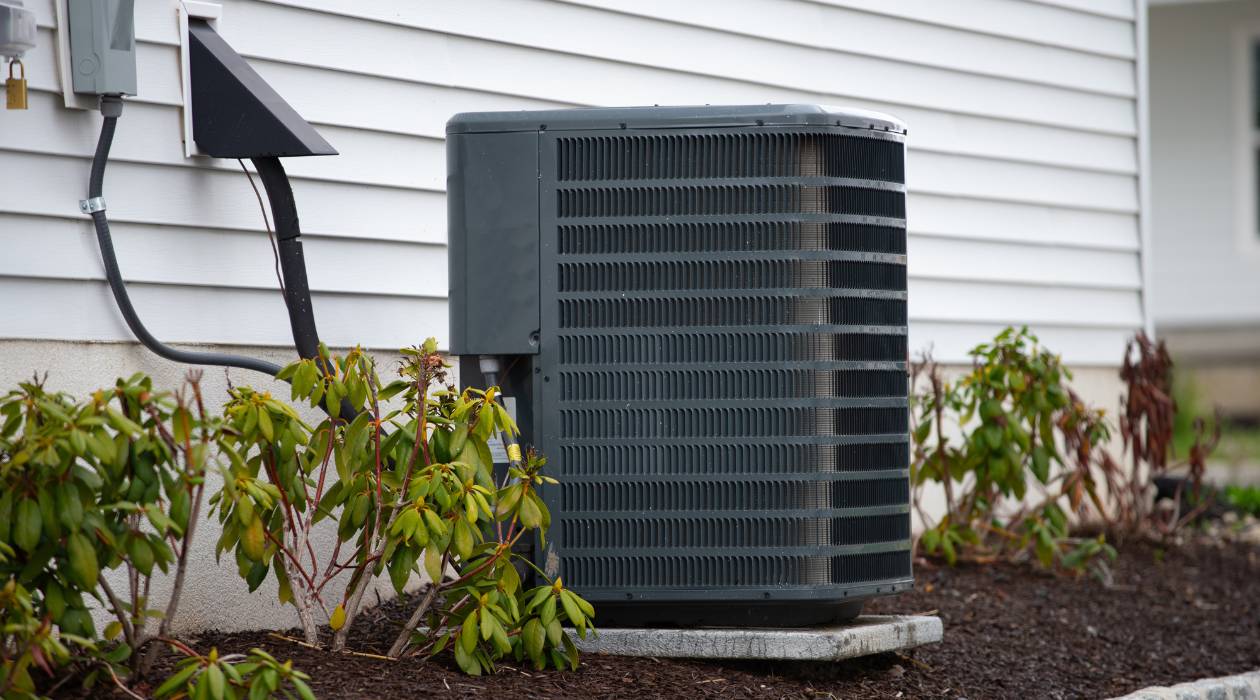
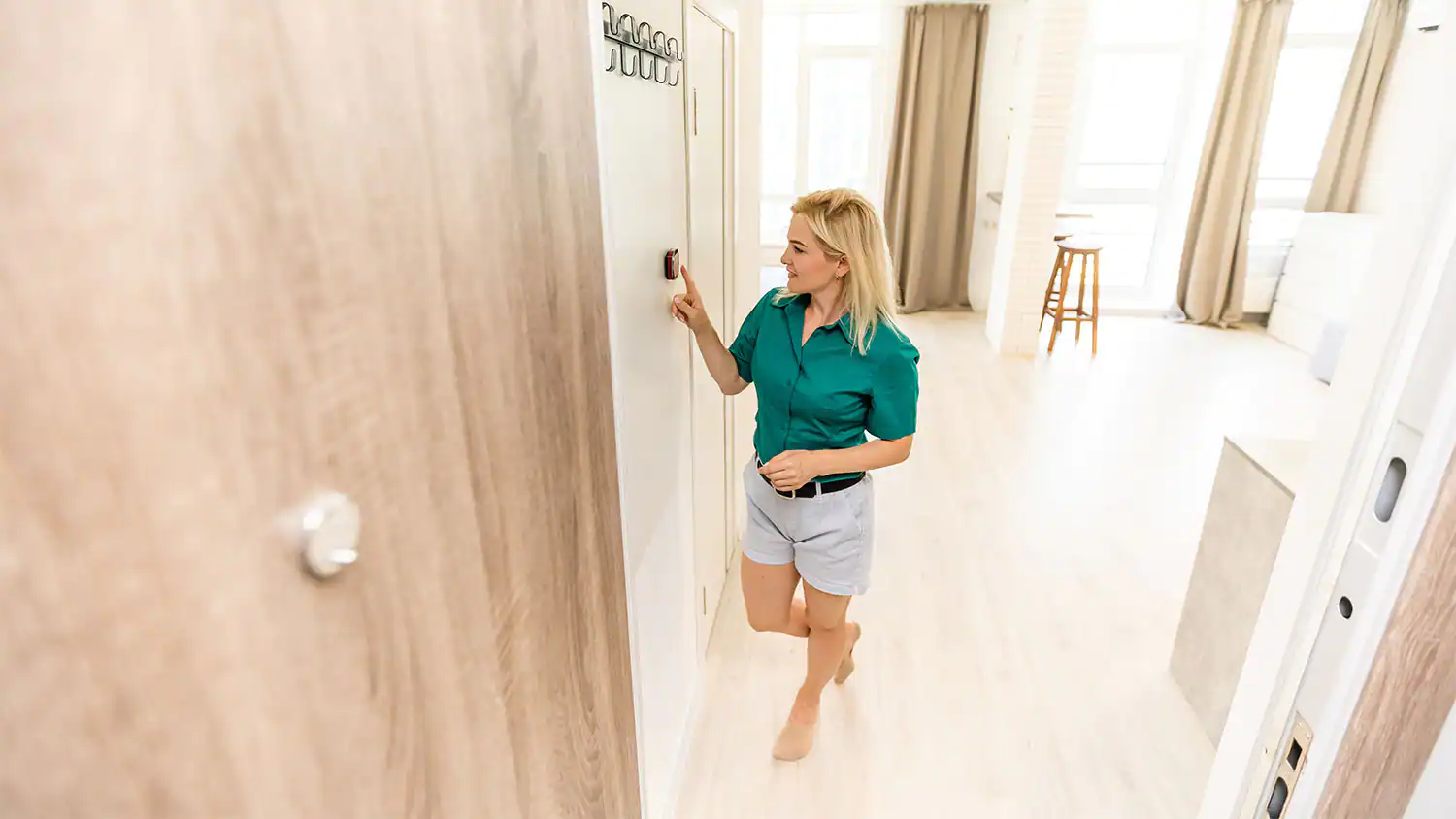

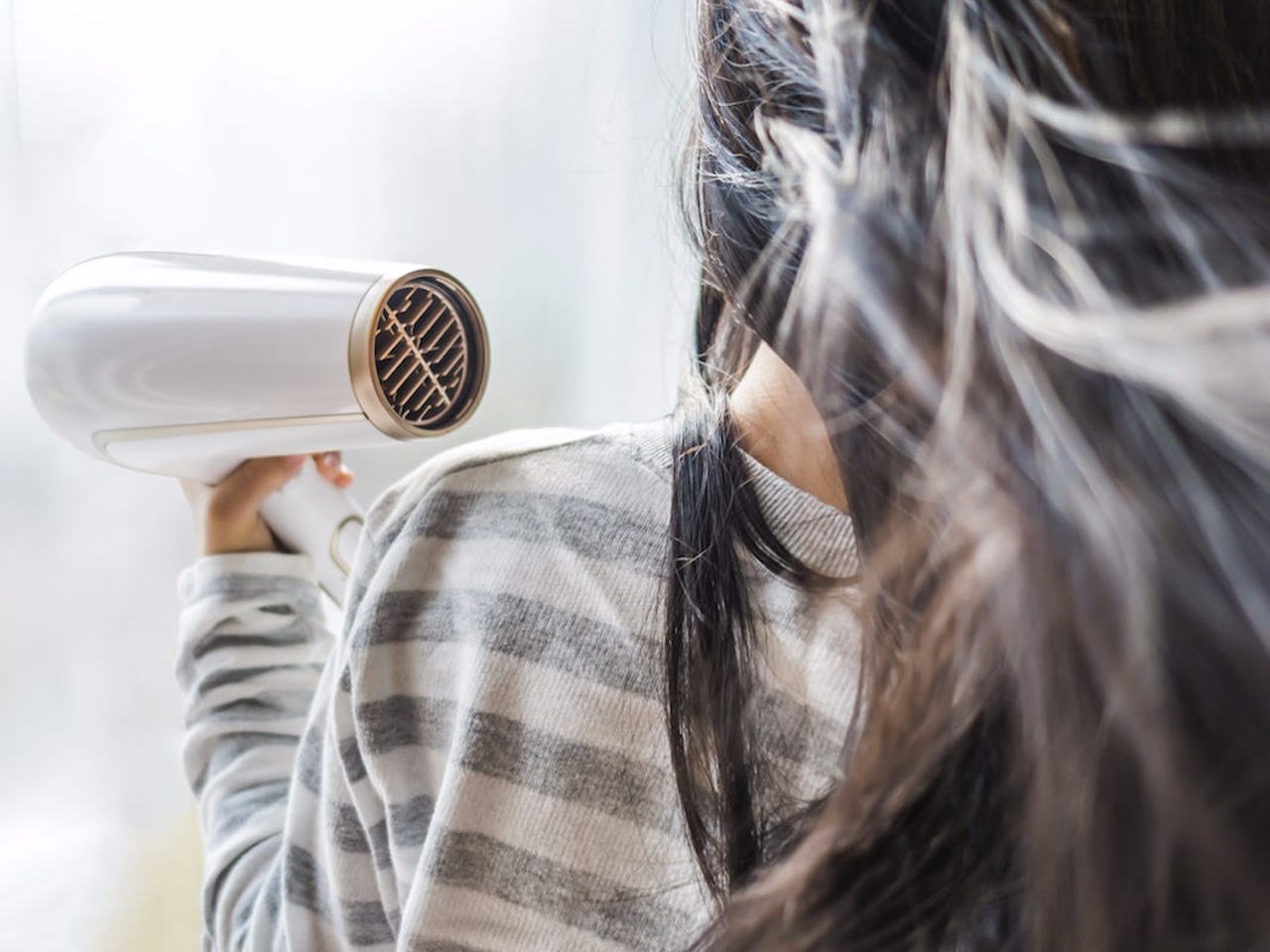
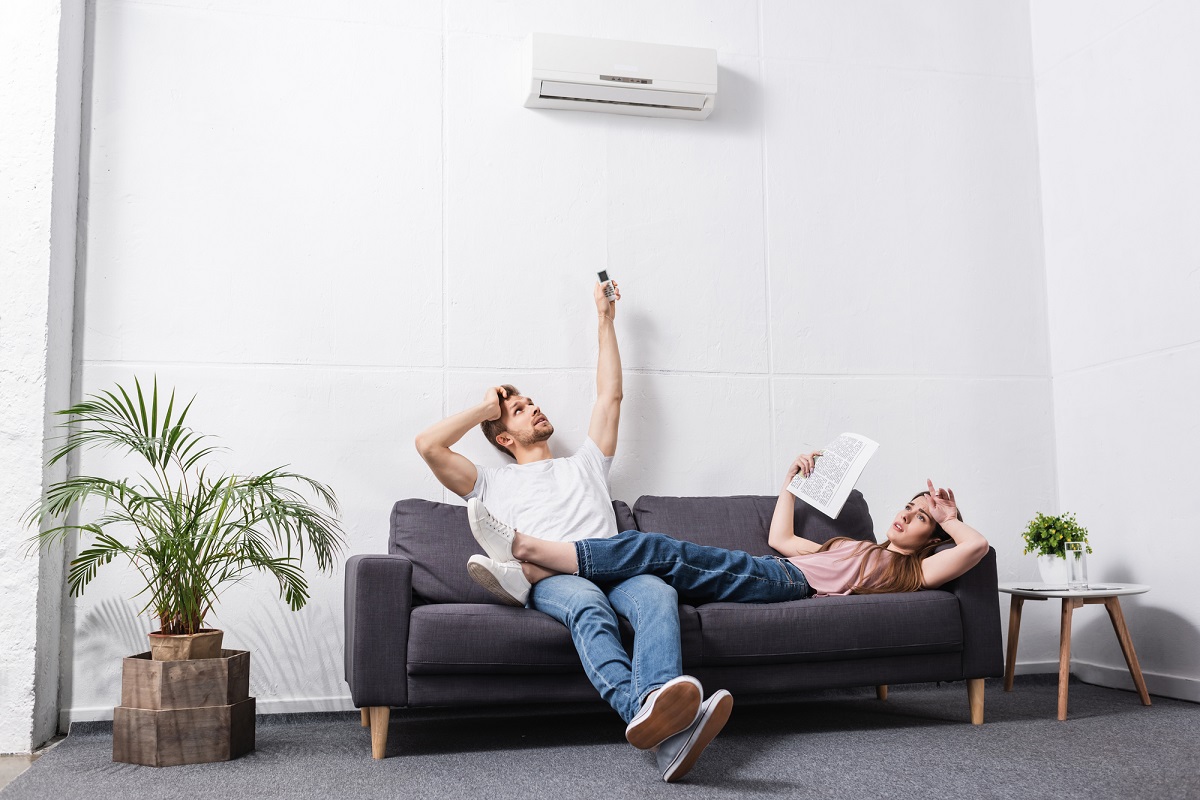

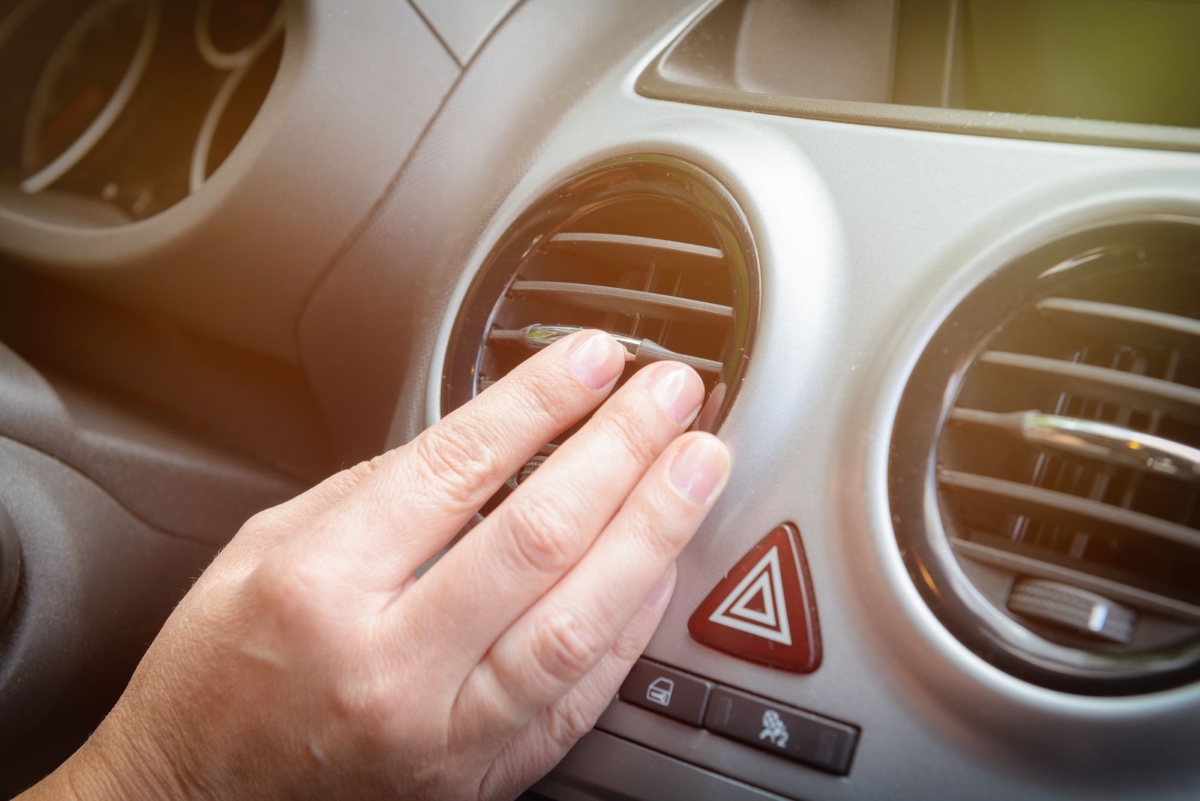
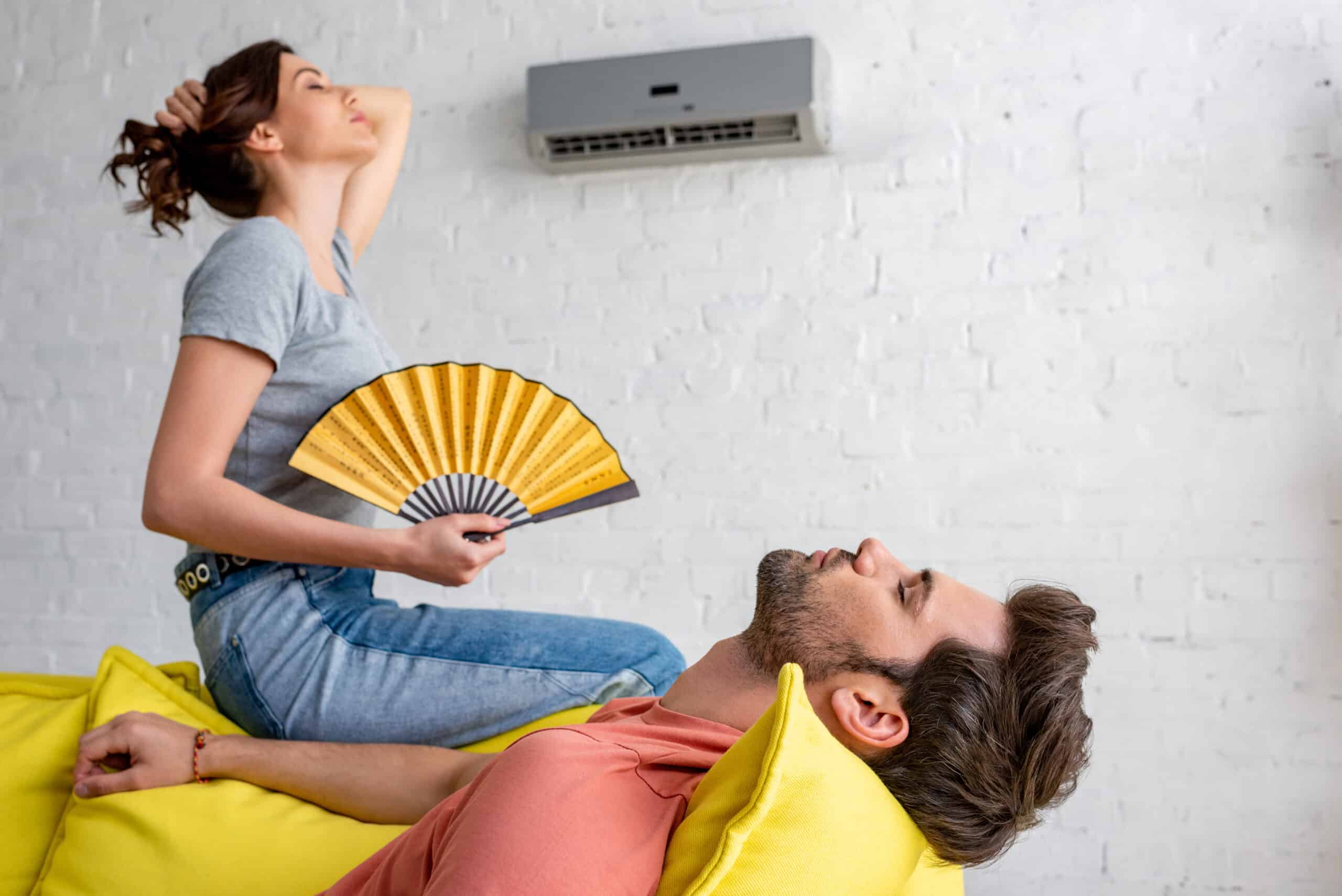
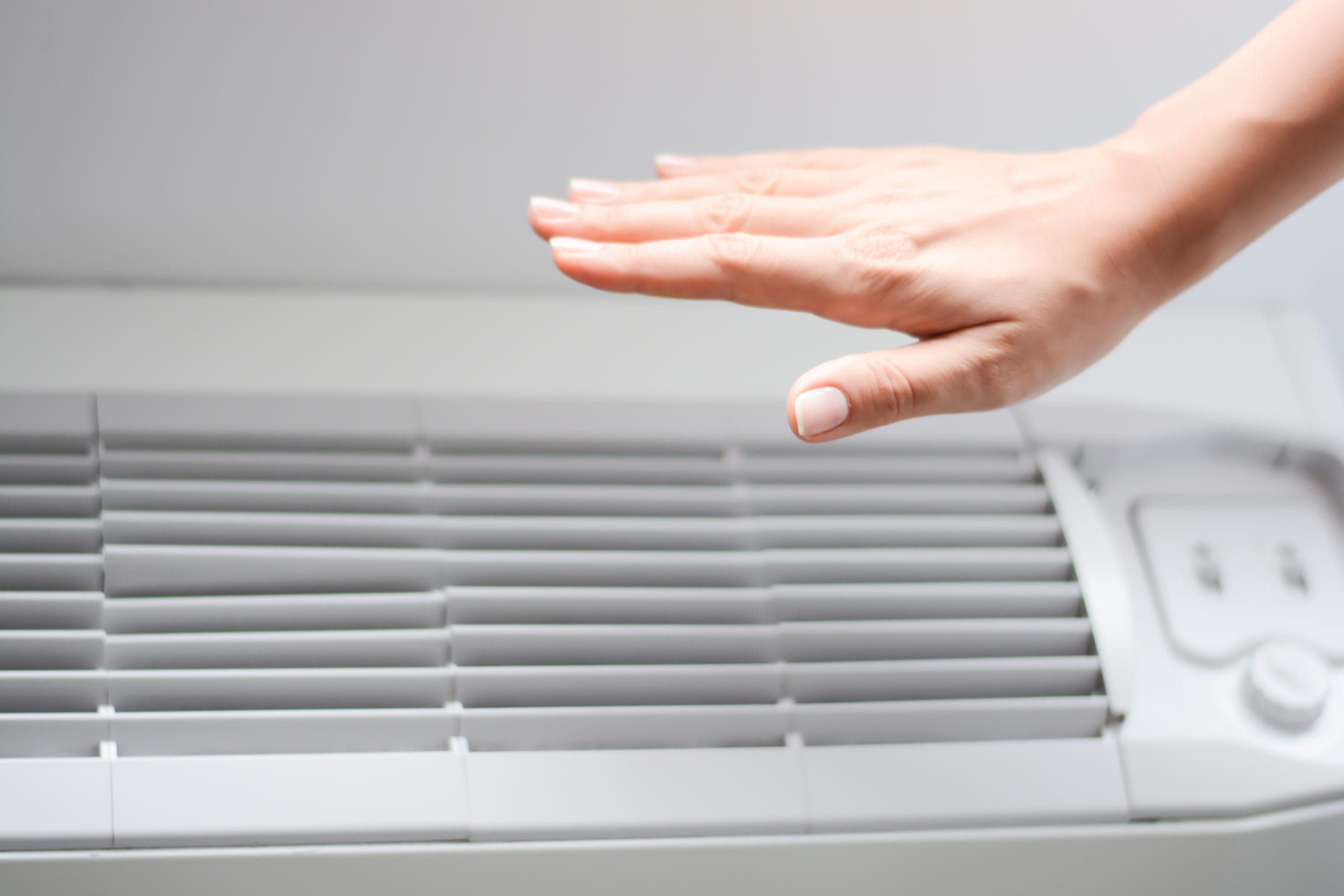
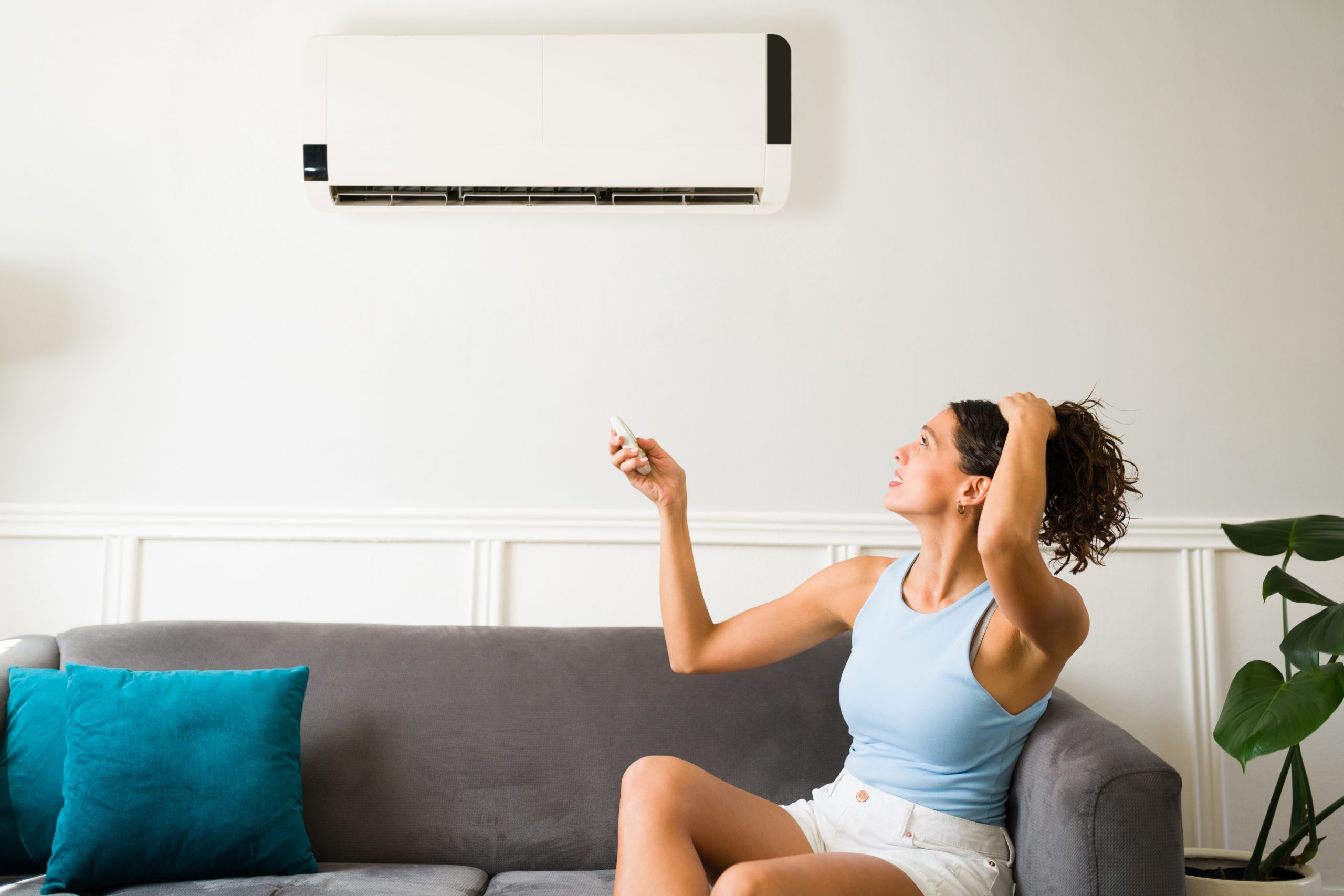
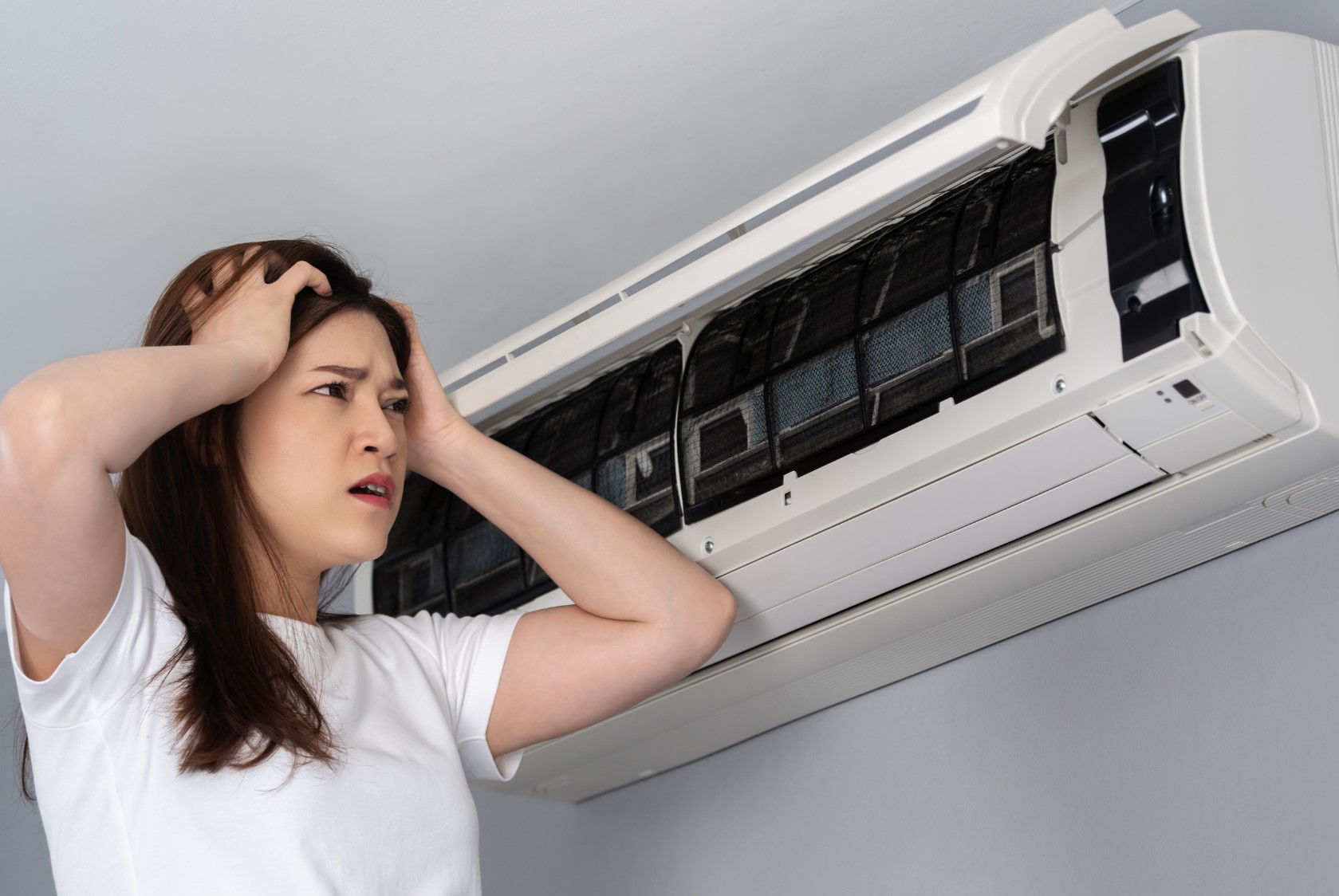

0 thoughts on “Why My AC Is Not Blowing Cold Air”